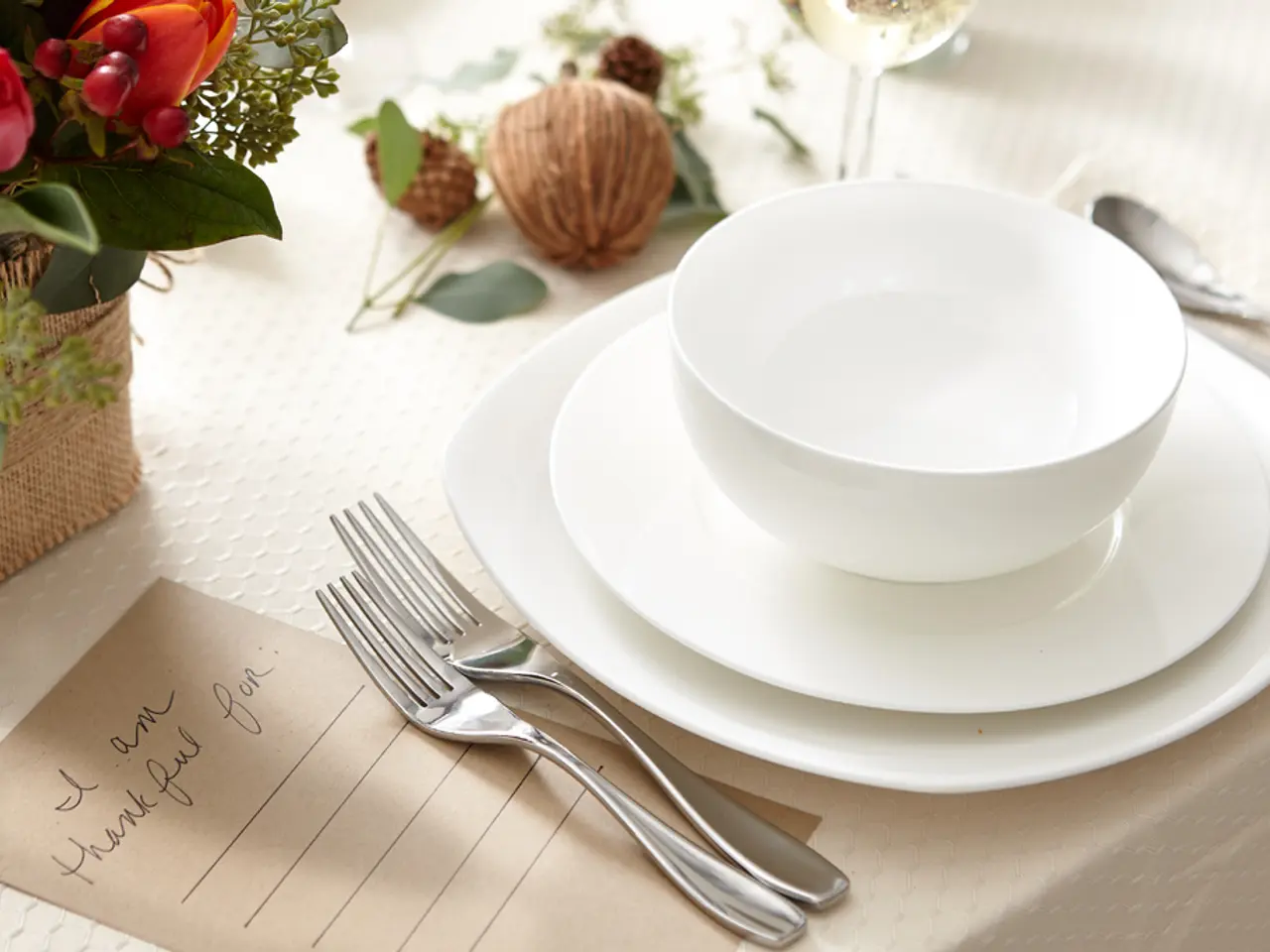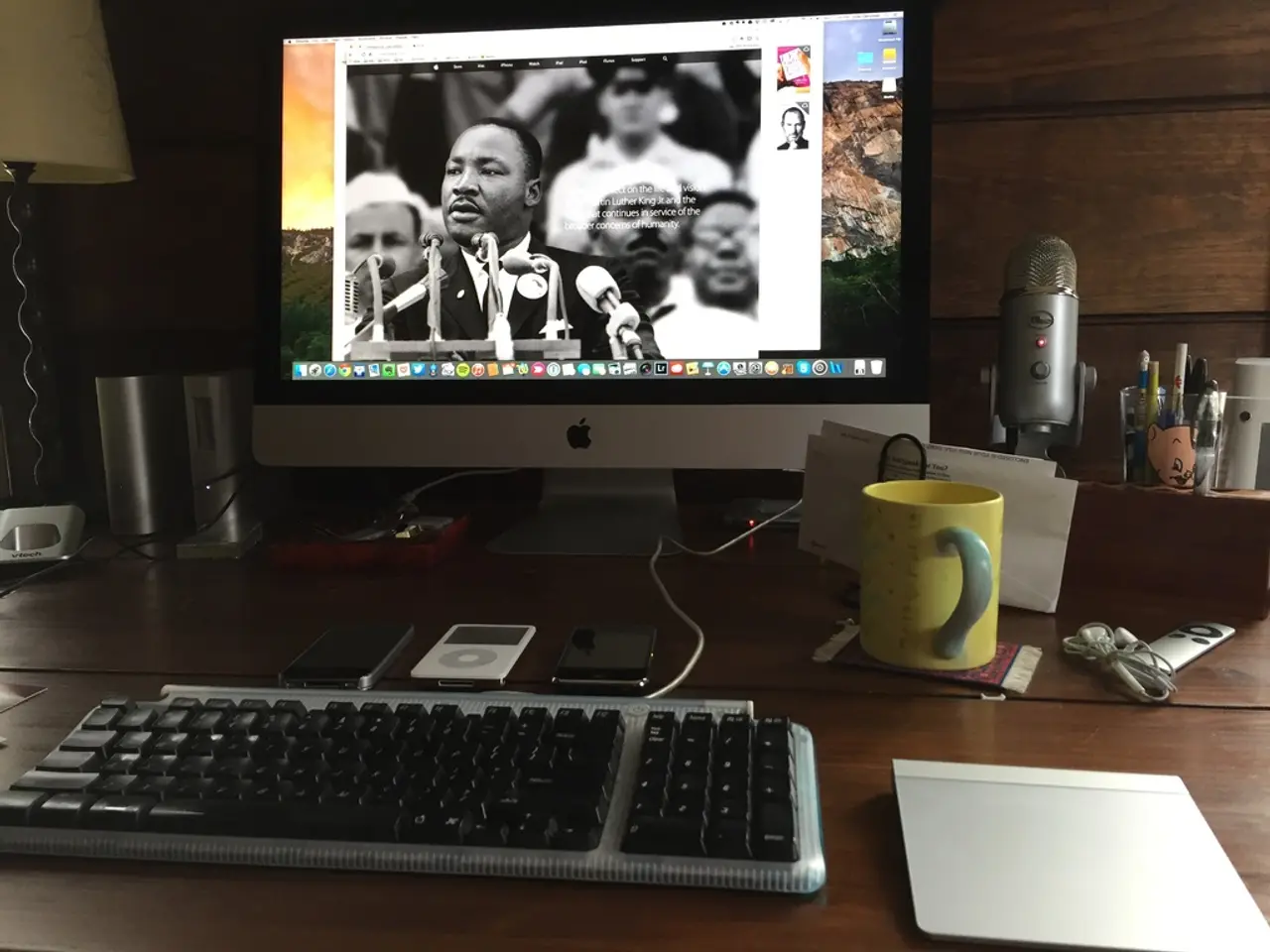Home-made soap causing skin dryness: Understanding the potential reasons for this unexpected effect.
Creating your own soap can be a blast, but sometimes your homemade concoction might leave your skin feeling parched. So, what gives? If your soap's causing dryness, you're certainly not alone in your confusion. The main culprits are often a lack of skin-loving ingredients and an off balance of lye and oils. Let's dive into the nitty-gritty details and see what you can do to fix it.
Peeling Back the Layers
1. The Lye and Oils Dance-Off
When you're whipping up soap, you're combining lye with oils. Lye is the muscle behind turning oils into soap, but too much of it can make your soap too harsh for your gentle skin. This happens because lye strips away oils, which obviously leads to dryness.
Now, oils are your skin's new best friends. They help hydrate the skin, but if you don't have enough of them in your soap, it's going to be a flop for hydration.
2. Which Oils are the Driest?
Different oils have unique properties. Some are fantastic for hydrating, while others excel at cleansing. For instance, coconut oil is a favorite among soap makers for its cleansing superpowers and its bubbly nature. However, it can be drying if you overdo it, and that's when olive oil swoops in to save the day. Olive oil is incredibly gentle on the skin and a great moisturizer.
If your homemade soap dries out your skin more than Meryl Streep's emotional performances, it might be the ol' coconut oil overload, while those precious olive oil drops were on vacation.
Rock On with Glycerin
When you're making soap at home, glycerin is created as a sidekick. Glycerin is amazing for the skin because it tugs moisture from the air and sends it straight to your skin. In commercial soap-making, glycerin is often scooped up and used for other shinier products.
However, with your homemade soap, glycerin usually sticks around to keep your skin looking fabulous. But if it's still too dry, it might be because there's not enough glycerin or other moisturizing ingredients in the mix.
Does Your Soap Have Superpowers?
1. What is Superfatting?
Superfatting is when you sprinkle extra oils into your soap recipe that won't turn into soap. These leftover oils act like skin softeners in the final product.
If your soap doesn't have a moment to spare when it comes to softening up your skin, it might be because it's lacking in the superfat department. Some people like to toss in a little extra love, like shea or cocoa butter, to up the moisturizing factor.
2. How Much Superfat is Enough?
The right amount of superfat varies, but many soap makers go for around 5-8%. This balance ensures a nice cleansing action with a touch of moisturizing goodness. If your soap leaves your skin with a thirst for hydration, a higher percentage of superfat might be just what you need.
Water and Time are Key
1. Too Much H2O
Water is used to help your lye dissolve while soap-making. If you use too much water, it can cause issues with your soap. Too much water makes it too soft, and taking longer to set only means it'll become even milder.
2. Curing Time for a Soap Master
Let's give your soap a chance to relax for at least 4-6 weeks. This gives it time to fully soften up and become more gentle on the skin. Using it too soon can leave it feeling harsh on the skin. Give it time to unwind, so the lye is fully transformed, and the soap is kind to your skin.
Answering Your Soap Questions
1. Can I Pamper My Soap with More Moisturizers?
Yup, go ahead and give it an extra dose of moisture with ingredients like aloe vera, honey, or extra oils. These bonuses can help you achieve the perfect level of hydration.
2. Is There a Lye-less Soap?
Sorry, folks, soap can't be made without lye. However, you can try the melt and pour method, which uses pre-made soap bases that already have lye reacted with oils.
3. Have I Overdosed on Lye?
Doing a quick "touch test" can help you sort things out. Simply touch the soap to your tongue. If it gives you a little shock or tingles, it might have too much lye and needs more curing time. Always be careful when working with soap.
4. My Soap is Already Made. What do I do Now?
If your soap's already been baked and is still drying out your skin, try re-batching it. This process involves melting the soap down and adding in moisturizing ingredients to balance it out.
5. Should Homemade Soap Feel Different Than Store-Bought Soap?
Yes, homemade soap will likely feel slightly different because it typically preserves glycerin, a component often removed from commercial soaps. However, if it's too drying, it might indicate an issue with soap composition or processing.
Final Thoughts
- A perfect balance of lye and oils is crucial for a hydrating soap.
- Choose oils carefully to ensure a mix that is both cleansing and moisturizing.
- Superfatting helps increase the moisture content in your soap.
- Curing time is essential for a milder and less drying soap.
- Homemade soap retains glycerin, aiding in its moisturizing abilities.
- If you're looking to enhance your soap's fashion-and-beauty aspect, consider incorporating additional moisturizing ingredients like aloe vera or extra oils to achieve the ideal hydration level in your homemade concoction.
- To ensure a lifestyle that includes softer, non-drying home-and-garden products, consider improving your soap-making techniques by mastering the art of superfatting, which involves adding extra oils to preserve the skin-softening properties in your soap.




